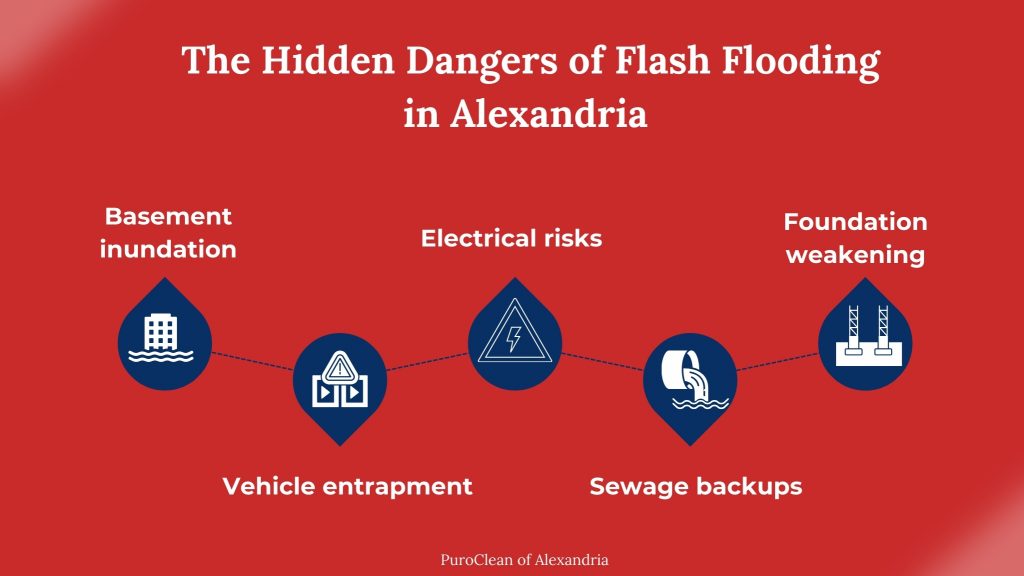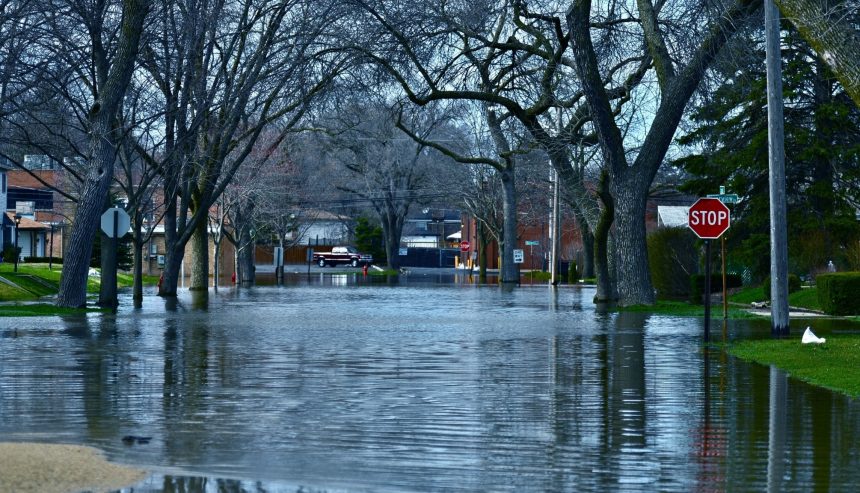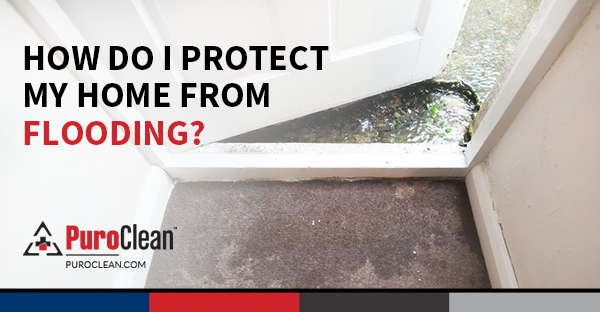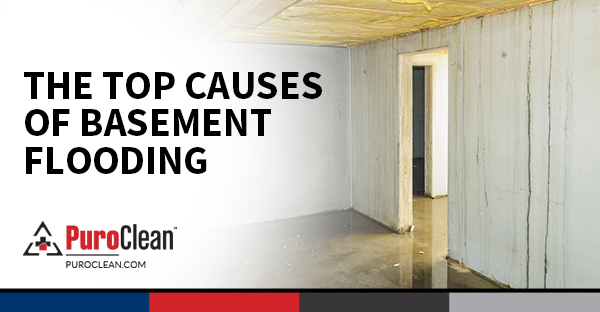Flash floods in Alexandria can cause sudden and severe damage, especially in vulnerable neighborhoods. This blog breaks down what causes these floods, how to prepare for them, and what homeowners need to do during and after such events. You’ll also discover essential resources, safety tips, and city programs that can help you stay protected year-round.
Why is Alexandria so prone to flooding?
Flash flooding in Alexandria is becoming increasingly common due to several overlapping issues. Rapid development, poor drainage, and climate shifts all contribute to the growing flash flood Alexandria problem.
Unlike slow-building floods, flash floods occur suddenly after heavy rainfall and overwhelm the stormwater system in minutes. The situation in Alexandria is worsened by:
- Impervious surfaces: Sidewalks, rooftops, and roads prevent water absorption, pushing it into storm drains instead.
- Low-lying topography: Certain neighborhoods sit below sea level or in natural basins where water naturally accumulates.
- Increased rainfall intensity: Storms now bring more rain in shorter time frames, stressing the drainage system further.
This combination makes a flash flood Alexandria a dangerous reality, not just a future concern.
The Hidden Dangers of Flash Flooding in Alexandria
Flash flooding isn’t just about water, it brings serious safety risks. Homeowners often underestimate how quickly conditions can become life-threatening.
From structural damage to health hazards, the consequences of a flash flood in Alexandria include:
- Basement inundation: Water can fill basements in minutes, damaging HVAC systems, insulation, and personal belongings.
- Vehicle entrapment: Even small amounts of water can stall engines or sweep vehicles off roadways.
- Electrical risks: Live wires and flooded outlets pose a serious electrocution danger during and after flooding.
- Sewage backups: Floodwaters often carry bacteria and raw sewage, contaminating homes and increasing cleanup costs.
- Foundation weakening: Excessive water pressure around a home’s foundation can cause cracks or structural instability.
Flash flooding creates both immediate dangers and long-term repair needs that no homeowner can afford to ignore.

Top Flood Safety Tips
Preparation is your strongest defense. These flood safety tips for Alexandria homeowners help reduce both personal risk and property damage.
Whether you’re dealing with light rain or a severe storm warning, follow these practices:
- Sign up for local alerts: Use Alexandria’s emergency notification system to receive up-to-the-minute flood warnings.
- Avoid flood-prone basements: Move valuables and electronics to upper floors and avoid using lower levels during storms.
- Never drive through standing water: Don’t drive through water on the road; just six inches of water can make you lose control or stall. Turn around instead; it’s safer.
- Shut off power at the main breaker if water rises: This helps prevent electric shock and electrical fires.
- Pack an emergency kit: Include cash, medications, a flashlight, spare clothes, and essential documents in a waterproof bag.
Applying these flood safety tips for Alexandria homeowners can mean the difference between safety and crisis.
Essential Steps to Prepare Before a Flood
Taking proactive steps before a storm hits can significantly reduce the impact of flash flooding. Alexandria offers resources, but it’s up to homeowners to act early.
To protect your home before a flash flood Alexandria event occurs, consider the following:
Review FEMA flood maps: Know your zone and your home’s flood risk level so you can plan accordingly.
- Install sump pumps and backflow preventers: These tools help redirect water away from your foundation and prevent sewage backups.
- Seal basement walls and floors: Use waterproof coatings and crack sealers to minimize leakage.
- Elevate key appliances: Raise your water heater, washer, dryer, and furnace above expected flood levels.
- Update your insurance: Standard home insurance doesn’t cover flooding, purchase a separate flood policy through NFIP or private providers.
A little effort today can prevent tens of thousands of dollars in damage tomorrow.
What to Do During a Flash Flood in Alexandria
When the rain starts pouring and water levels rise, fast decision-making is key. A flash flood in Alexandria can leave residents trapped within minutes.
During a flood event, stay calm and take the following actions:
- Get to higher ground immediately: Go upstairs, not downstairs. Avoid basements and sunken areas at all costs.
- Keep your distance from plumbing and outlets: Water may back up through sinks and toilets, and electrical currents can travel through wet surfaces.
- Do not walk in floodwater: You can’t see sharp objects, contaminants, or unstable ground below the surface.
- Use a battery-powered radio or phone: Stay updated if the power goes out. Charge devices early and limit usage.
- Avoid emergency services unless necessary: Emergency lines will be overwhelmed. Call 911 only if you’re in immediate danger.
Remaining calm and following a plan can save lives during a flash flood.
Post-Flood To-Dos
After a flood, you’ll face both cleanup and important decisions. The first 48 hours are crucial to reducing long-term damage and restoring safety.
When dealing with the aftermath of a flash flood Alexandria residents should:
- Document everything: Take photos and videos of all damage for your insurance provider before you start cleaning.
- Begin drying out immediately: Use fans, dehumidifiers, and open windows to combat mold growth.
- Wear gloves and boots when cleaning: Floodwater contains bacteria and contaminants; never touch surfaces with bare hands.
- Inspect structural elements: Look for bowed walls, foundation cracks, or sagging floors before reoccupying any area.
- Discard porous materials: Carpets, drywall, and insulation absorb contaminated water and should be removed.
Quick action ensures a faster recovery and reduces the chance of health issues.
City Resources for Flood Preparedness in Alexandria
The City of Alexandria offers programs designed to educate, protect, and financially support residents affected by flash floods.
If you live in a flood-prone area, be sure to explore these:
- Alexandria Flood Map Viewer: Check your property’s flood risk status and plan mitigation accordingly.
- Flood Mitigation Grant Program: Qualifying homeowners can receive reimbursements for approved waterproofing and drainage upgrades.
- Alex311 Flood Reporting: Use the app or website to report localized flooding and receive city response updates.
- Emergency Preparedness Materials: Alexandria’s Public Works Department offers checklists, guidance, and maps for residents.
- Drainage system upgrades: The city is investing in infrastructure improvements across high-risk neighborhoods.
These tools make managing a flash flood in Alexandria more manageable, even for first-time homeowners.
Why Flash Floods Are Getting Worse in Alexandria
Flash flooding is no longer a rare event. Alexandria’s increased flooding risk stems from several ongoing trends.
Here’s why flash floods are more frequent and severe:
- Climate change is intensifying rainfall: Heavier storms drop more water faster than older systems can handle.
- Urban development limits absorption: Fewer green areas mean more runoff directly into storm drains.
- Stormwater systems are outdated: Many parts of Alexandria rely on 20th-century infrastructure not built for today’s climate.
These conditions create the perfect storm for frequent, damaging flash flood Alexandria events.
Conclusion
You don’t need to live next to a river to be at risk. Flash flooding affects homes across Alexandria, often when residents least expect it.
Why you must act now:
- Floods can happen anywhere, not just in FEMA zones. New weather patterns are creating unexpected high-risk zones.
- Preventive upgrades are more affordable than repairs. Waterproofing and insurance are cheaper than emergency restoration.
- City grants are available today. Waiting until after the flood may mean missing financial support windows.
By following flood safety tips for Alexandria homeowners, you’ll be ready when, not if, the next flood hits.
FAQs
Q1. How fast can a flash flood develop in Alexandria?
A: Flash floods can occur within minutes of heavy rainfall, especially in paved or low-lying areas. Alexandria’s compact layout increases runoff speed.
Q2. Can I apply for a grant after experiencing flood damage?
Yes, Alexandria allows post-flood grant applications if repairs qualify under the city’s mitigation guidelines. Apply quickly, funds are limited.
Q3. What is a backflow valve, and do I need one?
A: A backflow valve prevents sewage from re-entering your home during a flood. It’s highly recommended for basements and ground-level plumbing.
Q4. Should I use sandbags or water barriers?
A: Both help. Sandbags are easy to place around doors and windows. Water barriers are reusable and form a tighter seal, but are more expensive.
Q5. Is it safe to stay in my home after a flood if the water has gone down?
A: Not immediately. You should first have the structure inspected for damage and confirm electrical systems are safe before returning.



